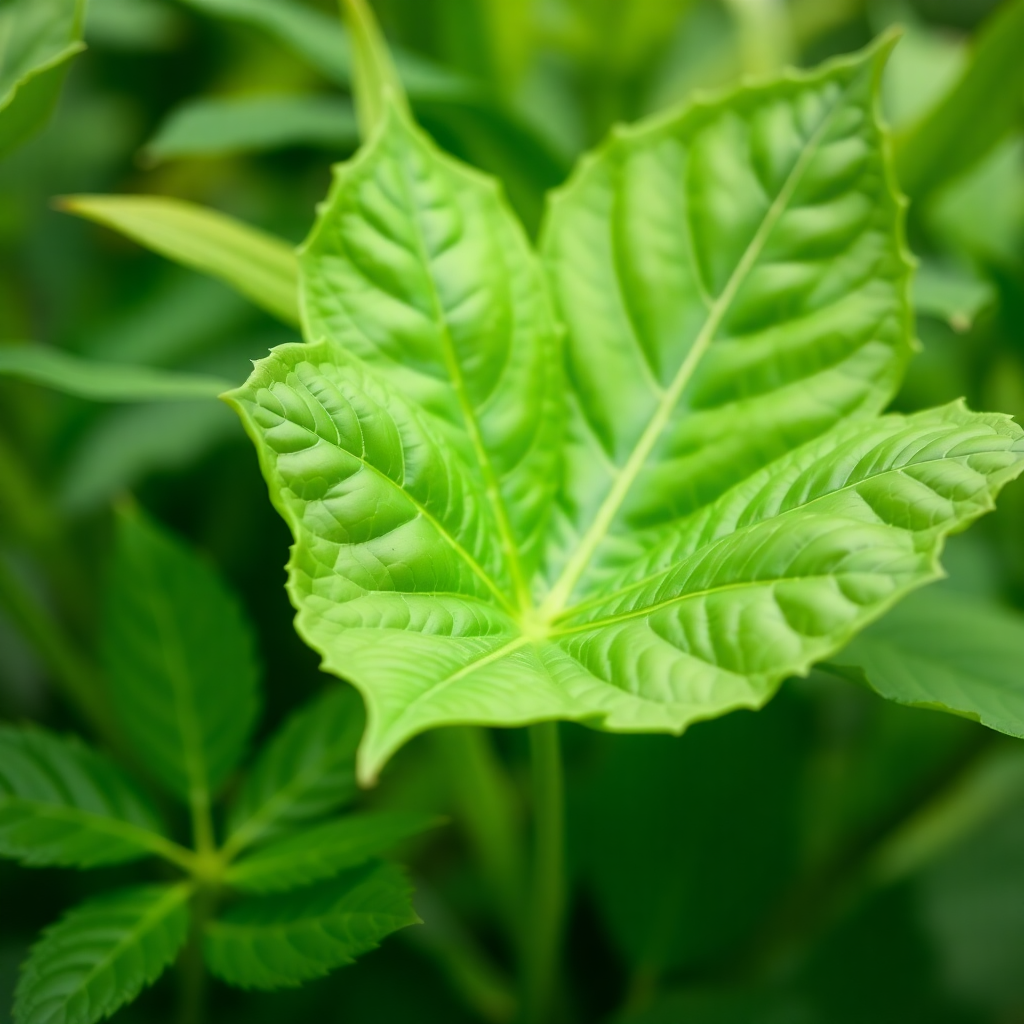Green in the Bible: What Does it Symbolize?
The color is connected to concepts of resurrection and eternal life, particularly in relation to Jesus Christ's victory over death. The resurrection symbolizes the ultimate renewal—life conquering death, much like green shoots emerging from the ground in spring after the harshness of winter.
The color green is often associated with the natural world, evoking images of lush landscapes, flourishing trees, and vibrant plants. In the context of the Bible, green holds significant symbolism that goes beyond its visual appeal. From the story of creation to the poetic expressions in the Psalms, this color is intricately woven into the spiritual and emotional fabric of biblical texts. Exploring the various meanings of green in the Bible allows us to appreciate the depth of its symbolism and its relevance to our understanding of faith and life.
Creation and New Life
One of the primary associations of green in the Bible is its representation of creation and new life. In the Book of Genesis, we read about how God created the earth and filled it with vegetation—green plants covering the ground, trees bearing fruit, and grass sprouting from the soil (Genesis 1:11-12).
This vivid depiction not only highlights God's creative power but also signifies the life-sustaining properties of nature. Green speaks to the abundance of life that God has provided for humanity, highlighting themes of nourishment, provision, and the interconnectedness of all living things.

Growth and Fertility
In addition to new life, green symbolizes growth and fertility throughout the scriptures. This can be seen in the imagery of a lush garden, which represents prosperity and God's blessing. For example, Psalm 1 describes the righteous person as one “like a tree planted by streams of water that yields its fruit in its season” (Psalm 1:3, ESV).
This metaphor emphasizes the idea that those who live in accordance with God's commandments will flourish like trees in a well-watered environment. Green is thus a reminder that spiritual growth is essential for a fruitful life, encouraging believers to cultivate their faith and relationship with God.
Hope and Renewal
Green is also a powerful symbol of hope and renewal in the Bible. It communicates the message of restoration and new beginnings, reminding us that God's mercy is always available, even in our darkest times. In Ezekiel 17:24, God states, “And all the trees of the field shall know that I am the Lord; I bring low the high tree, and make high the low tree.”
Here, the imagery of trees signifies God’s authority over life and death—the promise that after a time of barrenness, there is hope for new growth. This symbolism of renewal can be comforting for individuals seeking healing or change in their lives, encouraging them to embrace the hope that springs from faith.
Peace and Tranquility
Moreover, green is frequently associated with peace and tranquility throughout biblical texts. One of the most well-known examples is found in Psalm 23, where David describes the Lord as a shepherd who leads his flock “in green pastures” (Psalm 23:2, ESV). This imagery evokes a sense of calm and security, reflecting God’s care for His people. The green pastures symbolize spiritual nourishment and rest, reminding believers that peace can be found in trusting in God's provision and guidance. It speaks to the idea that true contentment comes from aligning ourselves with God's will and residing in His presence.
Spiritual Significance and Symbolism
Beyond its physical representations, green also carries spiritual significance. The color is connected to concepts of resurrection and eternal life, particularly in relation to Jesus Christ's victory over death. The resurrection symbolizes the ultimate renewal—life conquering death, much like green shoots emerging from the ground in spring after the harshness of winter. In this light, green becomes a powerful emblem of the hope believers have in eternal life through faith in Christ. It serves as a reminder to Christians that even in times of despair, they can look forward to the promise of everlasting life and the renewal that comes with it.
Conclusion
Understanding the richness of this color allows us to appreciate its significance in various biblical narratives and theological themes. As we reflect on green’s multifaceted symbolism, may we find inspiration to embrace growth, cultivate hope, and seek spiritual nourishment in our lives. Whether we encounter green in nature or within the pages of scripture, let it remind us of the profound truths of our faith and the beauty of God’s everlasting promises.